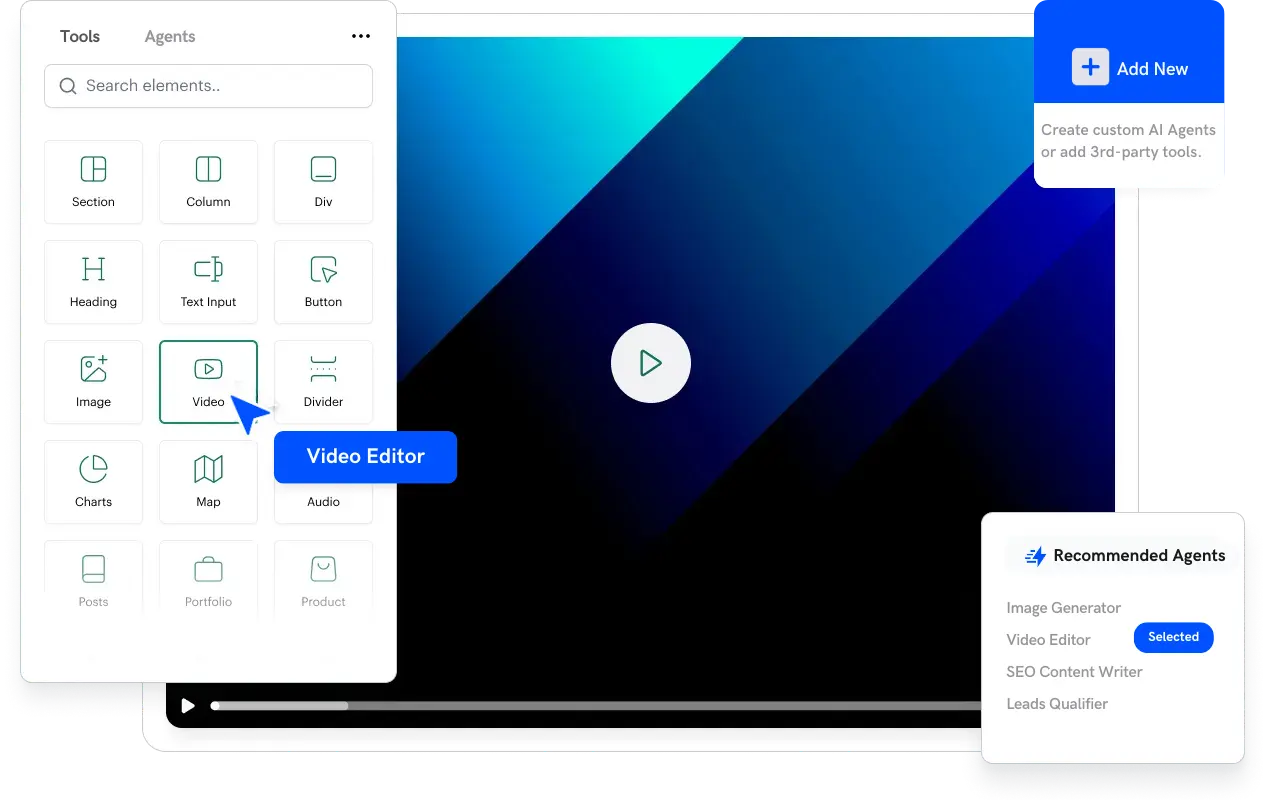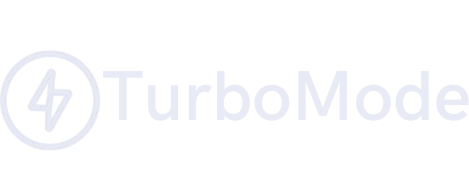Introduction
A cluttered to-do list can be overwhelming, leading to missed deadlines and decreased productivity. AI-powered smart task planners offer a solution by automating task management, prioritizing your workload, and providing real-time insights into your daily productivity. Research by Forrester indicates that using AI to manage tasks can improve individual productivity by up to 30%. This article examines how smart task planners work, their benefits, and best practices for implementation, along with a TurboMode AI integration spotlight.
How Smart Task Planners Work
- Automated Task Capture:
AI tools analyze emails, calendar events, and meeting notes to automatically generate tasks. - Prioritization Algorithms:
Advanced algorithms determine task urgency and importance, organizing your list accordingly. - Real-Time Adjustments:
As deadlines and priorities shift, the system dynamically updates your to-do list.
Benefits of Automating Your To-Do List
- Time Savings:
By automating task capture and prioritization, you save time and mental energy. - Enhanced Focus:
A streamlined list ensures that you concentrate on high-priority tasks without distraction. - Improved Accountability:
Real-time tracking and notifications keep you accountable and ensure deadlines are met.
TurboMode AI
TurboMode AI works alongside smart task planners by extracting actionable items from conversations and automatically populating your to-do list.
“We’re shifting the game from managing work to getting work done—helping teams become 10x more productive.”
See how TurboMode AI integrates with your task planning system—book a demo today.
Integration and Customization
- Multi-Platform Support:
Smart task planners integrate with popular tools like Trello, Asana, and Google Tasks for a unified workflow. - Customizable Parameters:
Set priorities based on your unique work style and industry needs, ensuring the system aligns with your goals. - Collaboration Features:
Share your task lists with team members to foster collaboration and collective accountability.
Case Studies and Practical Insights
A financial services firm implemented an AI-powered task planner and observed a 28% improvement in deadline adherence and a 20% reduction in task overlap. Another study by Deloitte reported that automated task management systems significantly reduced cognitive load, leading to higher overall employee satisfaction.
Best Practices for Implementation
- Start Small:
Test the system on a few projects before rolling it out organization-wide. - Training:
Educate your team on how to use the planner and customize it to their needs. - Regular Reviews:
Schedule periodic reviews to refine task priorities and update the system based on feedback. - Leverage Analytics:
Use built-in analytics to assess productivity improvements and identify areas for further optimization.
Future Trends
- Enhanced AI Predictions:
Future smart task planners may integrate predictive analytics to anticipate task delays and suggest preemptive actions. - Voice and Visual Integration:
Incorporating voice recognition and image processing could allow for even more intuitive task capture and management.
Conclusion
Automating your to-do list with smart task planners powered by AI not only streamlines daily operations but also boosts overall productivity. By leveraging advanced algorithms and real-time updates, these tools help you stay focused on what matters most. Combined with the capabilities of TurboMode AI—which transforms conversations into actionable tasks—organizations can achieve unprecedented efficiency. Embrace these technologies to simplify task management, reduce stress, and drive your productivity to new heights.




